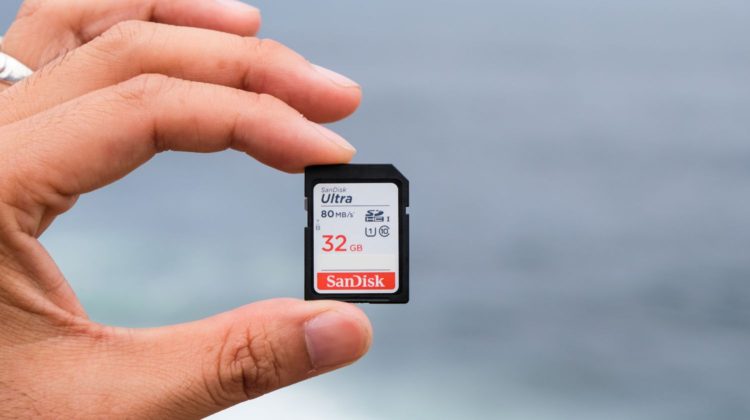
An SD card, or a Secure Digital card, is a removable, portable storage device. They may be no larger than a postage stamp, but they can harness large quantities of data. They are commonly used in digital cameras or smartphones and allow you to transport your data from one device to another safely.
SD Card Problems
While there are several benefits associated with SD cards, they also tend to cause frustration for the user. Continue reading to find out how your SD card is likely to cause you problems and how you can solve them.
Unreadable or unusable
One of the most common problems associated with SD cards is their ability to become unreadable or unusable for no apparent reason. As you insert your SD card into your device, you may receive a warning message on your screen alerting you to the problem at hand.
While there is no universal answer, restarting your device is probably the best place to start. By rebooting its system, you can bypass the issue and start from scratch. As you retry, the crisis should be averted. If the problem persists, you must back up your data, format the SD card, and try again. If you cannot get to the root of the problem, you may benefit from searching how to sd card repair mac.
Write-protected
While this may be annoying, the good news is that this is a simple fix. Most SD cards are designed with a tiny switch on one side. When this switch is turned on, you will be able to write data into the card. If this switch has been turned off, either purposely or accidentally, you will be met with a warning that your card is write-protected. Flick the switch to restore your device to full functionality. You may need to do this several times and restart your device before it works. If this fails, you may need to format the card.
Invalid file system
An invalid file system warning message can flash up as you attempt to insert your SD card into your computer. This means your SD card has no file system present, or your computer cannot recognise the file system. This usually indicates a corrupted SD card. Firstly, run CHKDSK. This tool can check for any corruption or internal damage on your current disks and can be done with a few simple clicks. If this proves unsuccessful, you must back up your data and format your card.
Slow transfer speeds
Due to gradual wear and tear and constant use, SD cards can slow down over time. You may require a replacement, but you may also be able to fix the problem yourself. Please take a note of how long it takes to transfer data as time goes on. The steady decline is normal, but rapidly deteriorating transfer speeds may point to an underlying problem. Try transferring small bouts of data at a time to determine whether or not the issue is being caused by large data loads. If the problem persists, try formatting the card. You also are required to delete a large chunk of your data to free up some space for future files.
Empty SD card
Nothing is more frustrating than your SD card telling you it contains no files when you have recently transferred data. The most likely solution is that your SD card has been corrupted by a virus or malicious software. You must proceed with caution to safeguard your files. First, run antivirus protection software to kill any potential viruses and highlight any hidden files lurking in the depths of your SD card. If this failed to restore your missing files, you might need to resort to the expertise of a professional data recovery service or computer repair specialist.
Physical damage
SD cards are extremely fragile and sensitive. They must be handled with care and caution to prevent damage to the external card and its internal content. A few small scratches can be all it takes to render your SD card unusable and destined for the bin. You must also take care to ensure your SD card is not exposed to harsh UV light, water, fire, or extreme heat, as this can cause irreversible damage.
You are limited in your options for an SD card that has been physically breached or tampered with. Your best bet is to seek advice and further guidance from a professional data recovery service or computer repair specialist.
Unexpected removal
A cautionary message warning you that your SD card has been unexpectedly removed is a common issue for millions of users all over the world. This can be confusing and bewildering at first. This usually occurs when the card connection has come loose or if the wire has not been properly inserted into the port.
It may indicate your SD card has been subjected to internal damage. It may, however, also hint at a possible virus or malware attack. Remove and reinsert your SD card to alleviate the problem. If the problem persists, there may be an internal storage issue that requires the services of a professional to remedy.
SD cards have allowed us to store data remotely for decades. With increased data storage capabilities and the option to remove and transport as necessary, they have emerged as a cost-effective alternative to clunky external hard drives. Although they provide several benefits, they can also cause several problems for the user. By familiarizing yourself with a series of common glitches and how to fix them, you can make the most of your SD card and maximise your storage abilities today.

